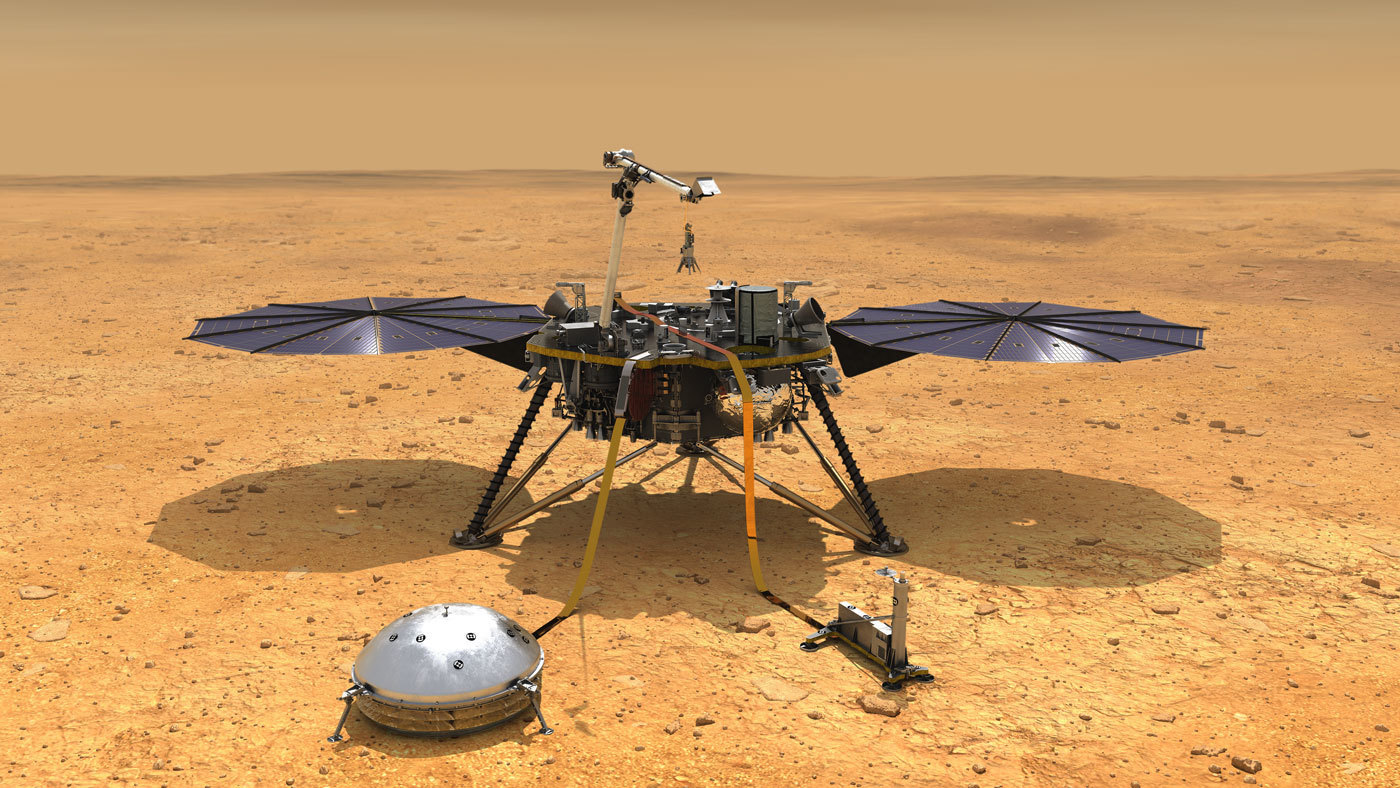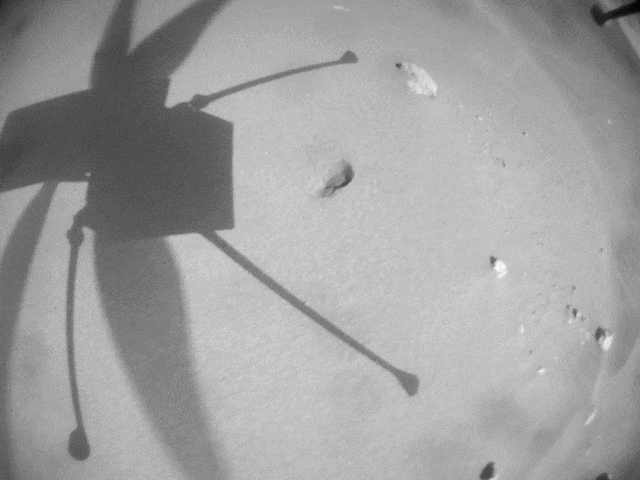NASAの火星ミッションについて
火星探査機Perseverance(パーセベランス)、火星ヘリコプターIngenuity(インジェニュイティ)
以上の2機は火星で運用中です(2022年12月時点)

Ingenuity(インジェニュイティ)はアメリカのジェット推進研究所(JPL)によって製造
バッテリーにはSONY製リチウムイオンバッテリーUS18650VCT4が使用されてます
関連記事はこちらを参照"NASA's Ingenuity Mars Helicopter Recharges Its Batteries in Flight"
火星での飛行実験、火星探査機Perseverance(パーセベランス)の走行ルート確認を実施
最初の離陸は2021年4月19日07:15(UTC)に成功
プロジェクト詳細はこちらを参照ください
Ingenuity(インジェニュイティ)に関する資料はこちらをご参照ください
"INGENUITY MARS HELICOPTER landing press kit" ダウンロード
"Mars Helicopter/Ingenuity" ダウンロード
NASA’s Perseverance Mars Rover Investigates Geologically Rich Area”NASAの火星探査機が地質学的に豊かなエリアを調査”
参考文献”Mars Helicopter Technology Demonstrator”
Mars Helicopter Technology Demonstrator (nasa.gov) より一部抜粋
G. Power & Energy SystemThe helicopter is powered by a Li-Ion battery system that is recharged daily by a solar panel. The energy in thebattery is used for operating heaters to survive the cold Martian nights as well as operate the helicopter actuators andavionics during short flights lasting from 90 seconds to a few minutes. Depending on the latitude of operations and theMartian season, recharging of this battery through the solar panel could occur over one to multiple sols (Martian days).The helicopter battery shown in Fig. 12 consists of 6 Sony SE US1865o VTC4 Li-ion cells with a nameplate capacityof 2 Ah. The maximum discharge rate is greater than 25 A amd the maximum cell voltage specified by the manufactureris 4.25 V. The continuous tested power load capability of this batterry is 480 W with a peak power capability of510 W. Battery voltage is in the range of 15–25.2 V and the total mass of the 6 cells is 273 g. A cell balancing chargemanagement system controlled by the FPGA ensures that the all the individual cells are at a uniform voltage.A de-rated end-of-life battery capacity of 35.75 Wh is available for use. Of this capacity, 10.73 Wh (30%) is kept asreserve, night-time survival energy usage is estimated at 21 Wh for typical operation in the northern latitudes in thespring season, and approximatley 10 Wh is available for flight. Assuming that 20% of the power is at the peak load of510 W and 80% is at a continuous load of 360 W, approximately 90 sec of flight is possible. These energy projectionsrepresent conservative worst-case end-of-mision battery performance at 0 C initial temperature. More moderate powerloads will extend the flight time.The solar panel is made from Inverted Metamorphic (IMM4J) cells from SolAero Technologies. The cells areoptimized for the Mars solar spectrum and occupy a rectangular area with 680 cm2 of substrate (544 cm2 active cellarea) in a region centered and immediately above the co-axial rotors. This region minimally interferes with the flowthrough the rotor.
Downloaded by NASA AMES RESEARCH CENTER on January 8, 2018 | http://arc.aiaa.org | DOI: 10.2514/6.2018-0023

